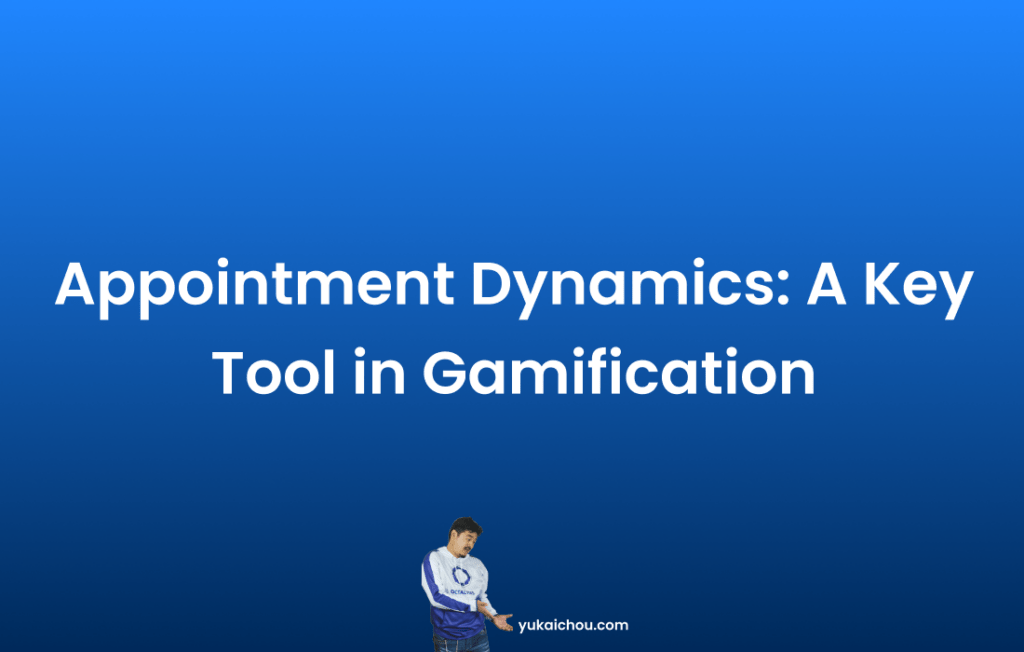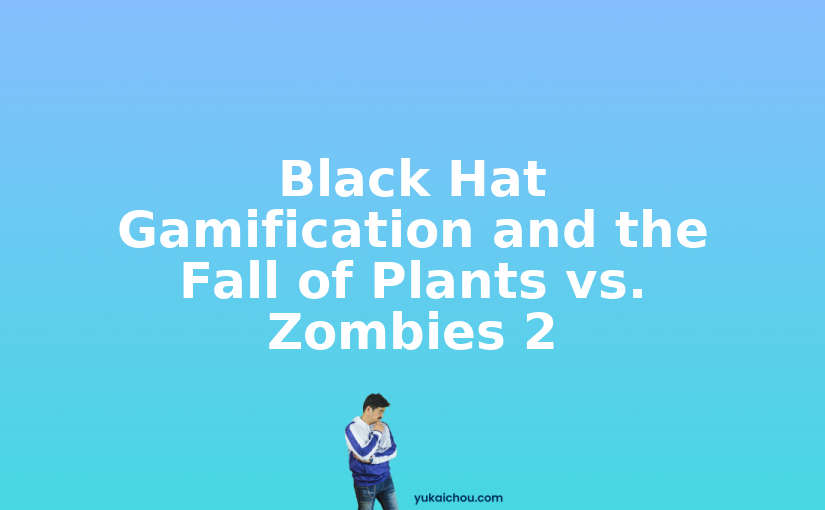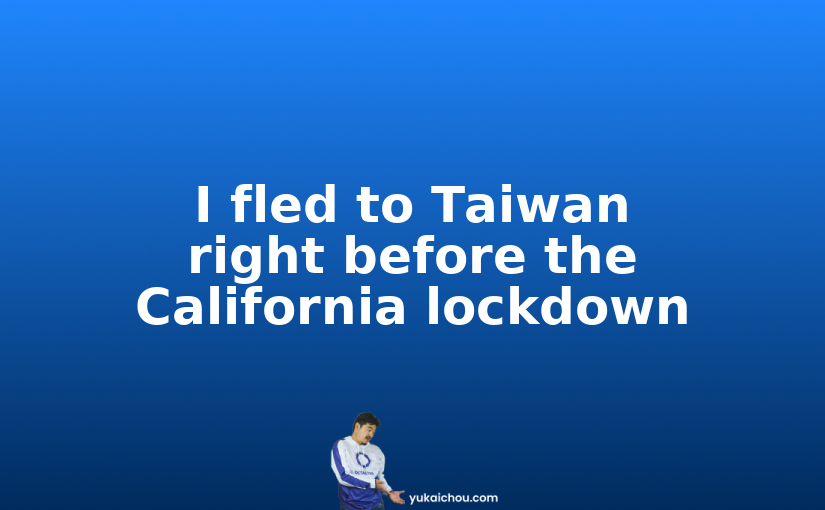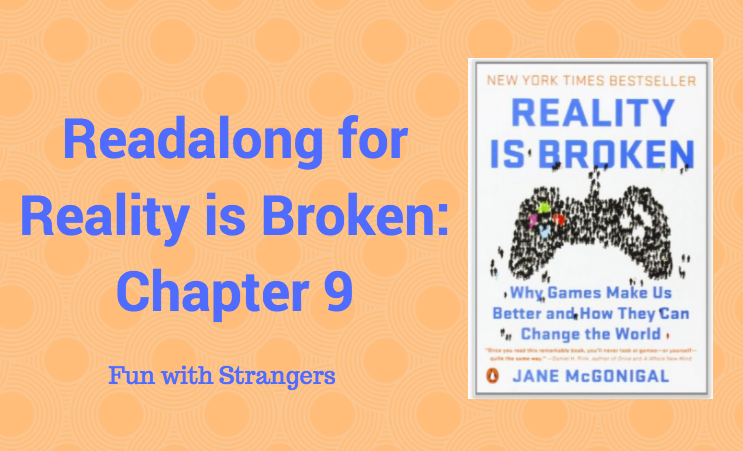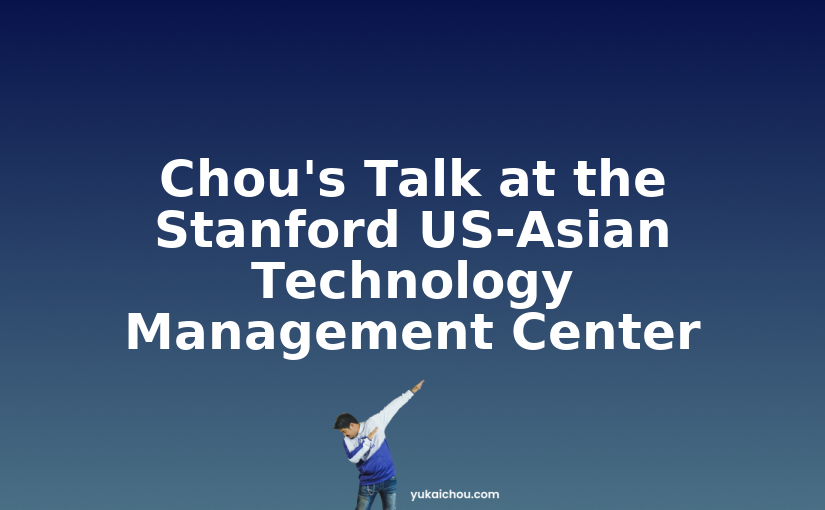Today, I am thrilled to dive deeper into the world of gamification techniques and share with you a captivating design method known as “Appointment Dynamics (GT #21).” In the context of gamification and the Octalysis Framework, “Appointment Dynamics” pertains to the implementation of a mechanism where users are incentivized to return to a platform or activity at a predefined, specific time to receive a reward or fulfill a requirement. This relatively straightforward technique entails the completion of tasks or actions based on a specific schedule or “appointment.” Although it might seem simple, Appointment Dynamics is a powerful tool embedded in various aspects of our society. In this blog post, we will unravel why it is not only intriguing but also serves as a potent motivator, enhancing user engagement and experience.
Appointment Dynamics in the Gaming Sphere
To begin our exploration, let’s first take a glance at the application of Appointment Dynamics within the gaming universe. Here, the technique often manifests itself in weekly events, such as conquering a certain boss or a special gaming event, all designed to create a spike in player activity on a specific day. One interesting but less-known example comes from World of Warcraft, which hosted a weekly fishing contest firmly rooted in Appointment Dynamics.
This technique is fundamentally tied to Core Drive 6: Scarcity & Impatience. The concept of scarcity in time and availability compels users to strategically plan and prioritize their actions. However, this strategy also introduces an element of Core Drive 8: Loss & Avoidance. If users fail to participate during the specified window, they miss the opportunity, fostering a sense of loss and avoidance. This blend of Core Drive 6 and Core Drive 8 serves to instill a sense of urgency in users, driving them to engage in the Desired Actions. This dynamic elicits a Black Hat experience, which creates urgency but makes people feel out of control of their own behavior.
However, once the action is completed, the dynamics transition to evoke a sense of achievement or Core Drive 2: Development & Accomplishment. This White Hat experience, emerging after successfully fulfilling a plan, gives users a rewarding sense of accomplishment, thereby striking a harmonious balance between Black Hat and White Hat experiences. This careful equilibrium is pivotal in sustaining user engagement and motivation over time.
Appointment Dynamics in Everyday Life
The reach of Appointment Dynamics extends far beyond the digital realm. It’s a fundamental component of many real-world scenarios, from religious practices (going to church every Sunday) that instill Core Drive 1: Epic Meaning & Calling to everyday tasks such as trash collection (garbage truck comes every Tuesday), which unwittingly incorporate elements of Core Drive 8.
Businesses have not been immune to the allure of Appointment Dynamics either. A prime example is the universally recognized “Happy Hour” that many restaurants offer. These strategically timed discounts aim to lure patrons during slower business periods, effectively driving scheduled consumer behavior.
Moreover, specific holidays operate on the principles of Appointment Dynamics. Valentine’s Day, for instance, serves as a trigger for people to remember to show love and appreciation to their significant others. Similarly, other festivals and holidays such as Christmas, Easter, or Halloween are timed events that trigger specific behaviors and actions, adding another layer to how Appointment Dynamics are woven into the fabric of our lives.
Integrating Various Core Drives into Appointment Dynamics
In our exploration of Appointment Dynamics, we have thus far encountered Core Drives 2, 6, and 8. But by creatively tweaking the dynamics, we can also introduce other Core Drives. For example, by incorporating Streak Designs (GT #78) based on timely participation or Collection Sets (GT #16), we can inject elements of Core Drive 4: Ownership & Possession. Additionally, transforming appointments into a status symbol or a bonding activity allows us to weave in Core Drive 5: Social Influence & Relatedness.
Drawing a Distinction: Appointment Dynamics versus Torture Breaks
While exploring gamification techniques, it’s crucial to distinguish between Appointment Dynamics and another seemingly similar game design technique called “Torture Breaks (GT #66.” Although they share similarities, the differentiating factor lies in their respective triggers and timing. Torture Breaks come into play after a Desired Action and often function based on a countdown timer based on when the activity is triggered. In contrast, Appointment Dynamics operate around absolute times – every Monday or every July, for instance.
Consider a treasure chest in a game that opens after a specific countdown – that’s a Torture Break. On the other hand, regular office hours or scheduled classes reflect Appointment Dynamics, an example that illustrates the nuanced difference between the two.
Two Types of Appointment Dynamics
Appointment Dynamics come in two primary flavors – one-time appointments and recurring appointments. Recurring appointments are effective tools for habit-building and user immersion, while one-time appointments, like product launch events, play on scarcity to amplify user engagement.
Take, for instance, the fervor around Apple iPhone launches. These are significant one-time appointments that create a buzz and a sense of scarcity, driving people to line up and wait for hours for their new devices. Such events highlight the power of Appointment Dynamics when applied creatively and strategically.
As we wrap up our exploration of Appointment Dynamics, remember that the key isn’t just about the complexity or novelty of a game design technique. The real magic happens when you seamlessly integrate these simpler techniques to create a compelling, immersive user experience. I look forward to hearing about your experiences or examples of Appointment Dynamics and how you’ve woven them into your work. Ultimately, understanding and adeptly implementing these techniques are integral to creating engaging, dynamic experiences.


